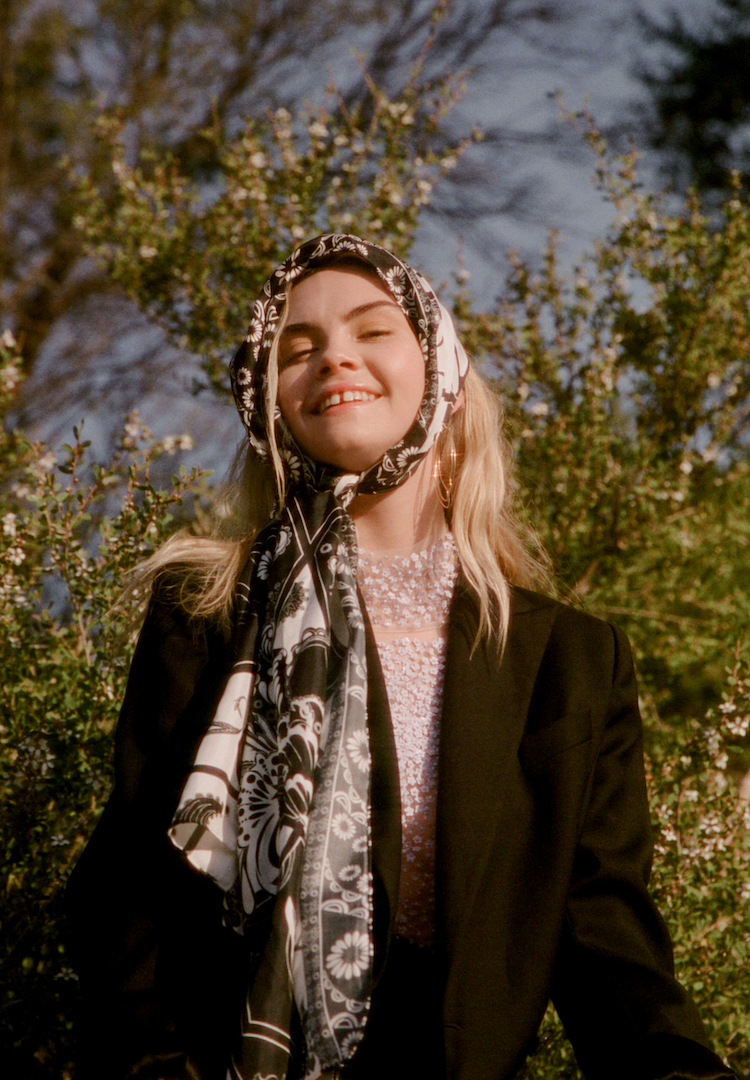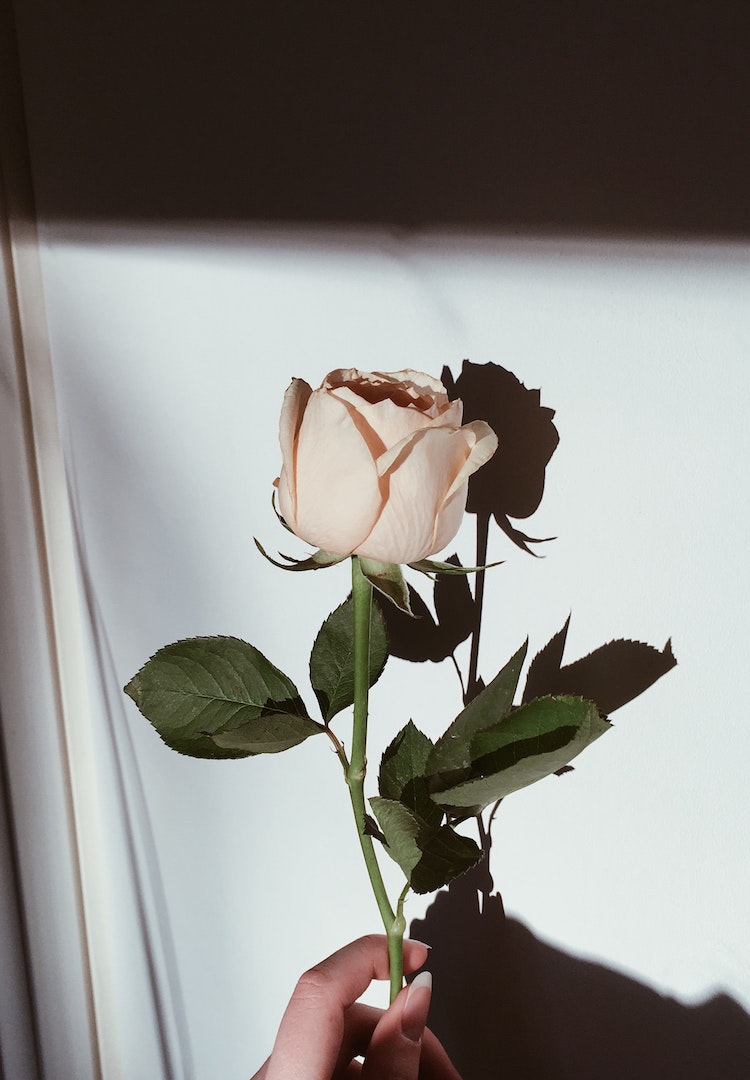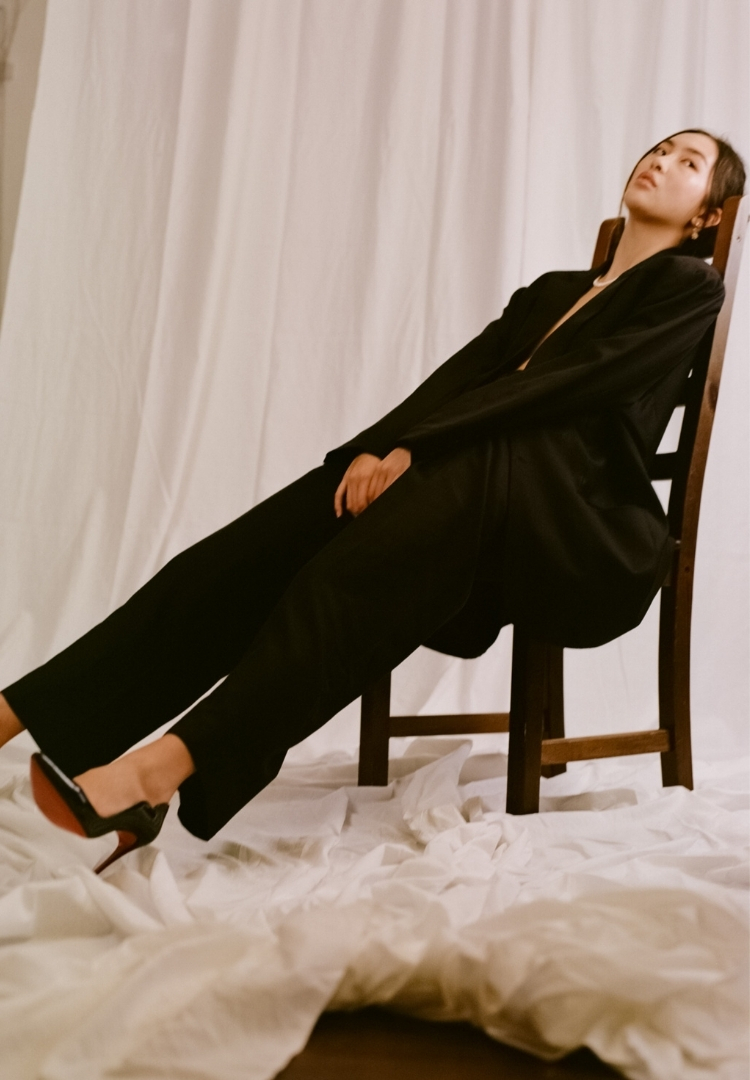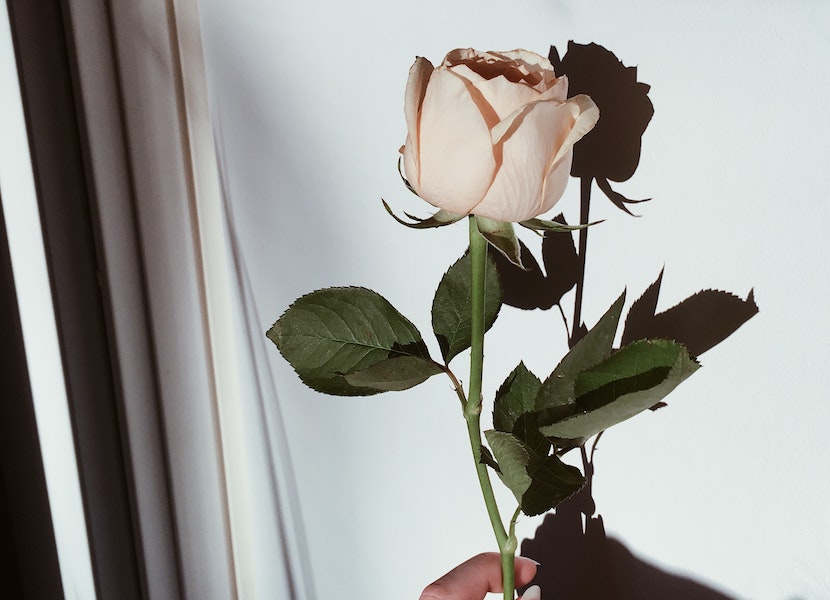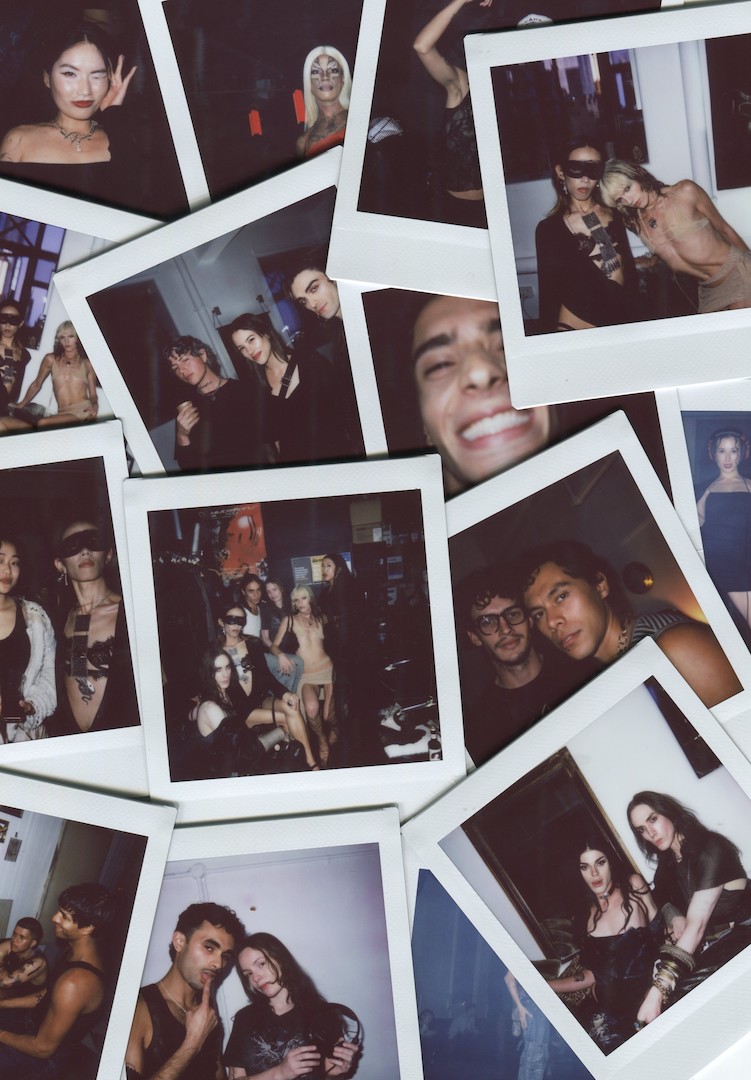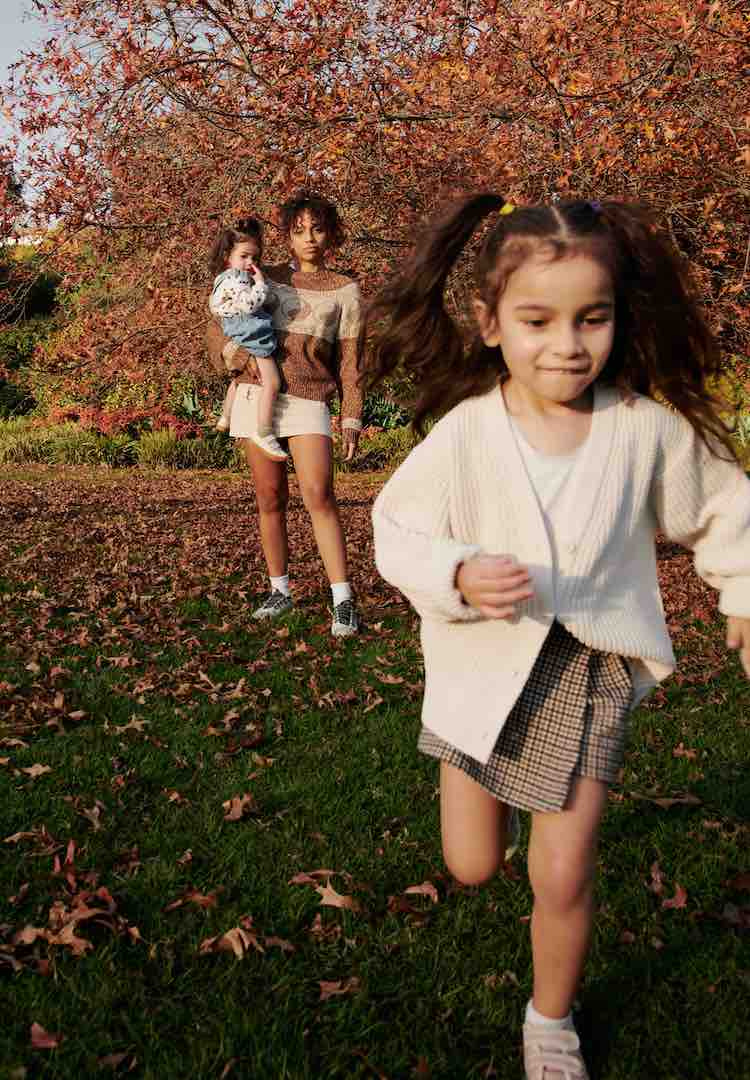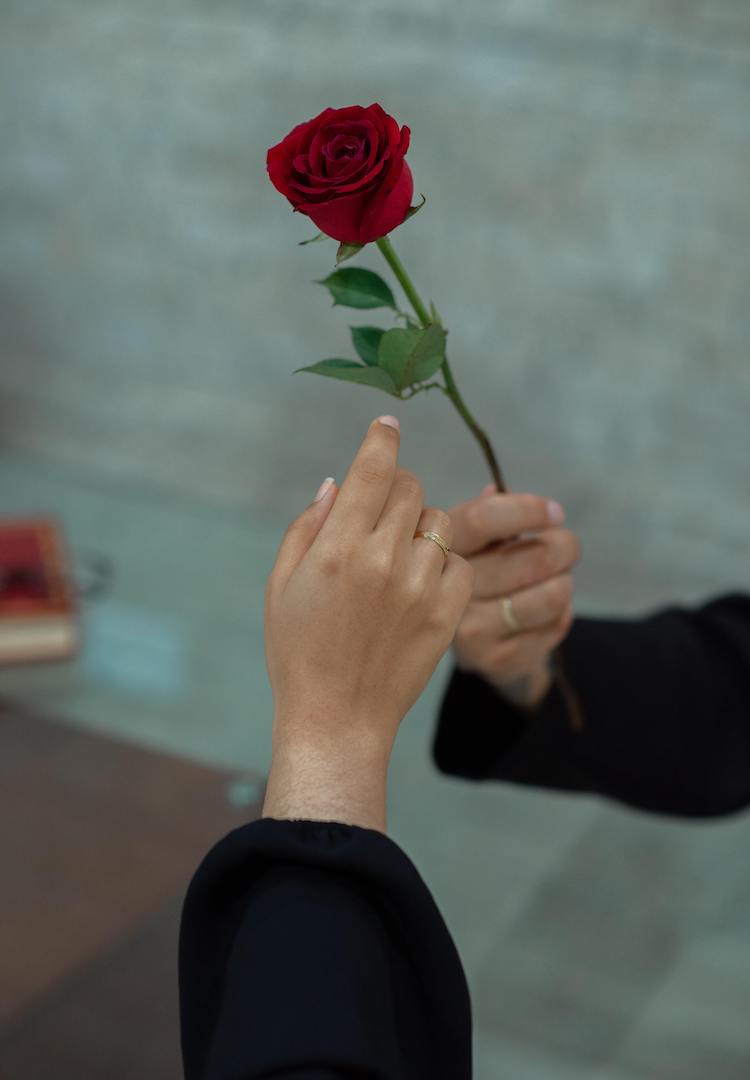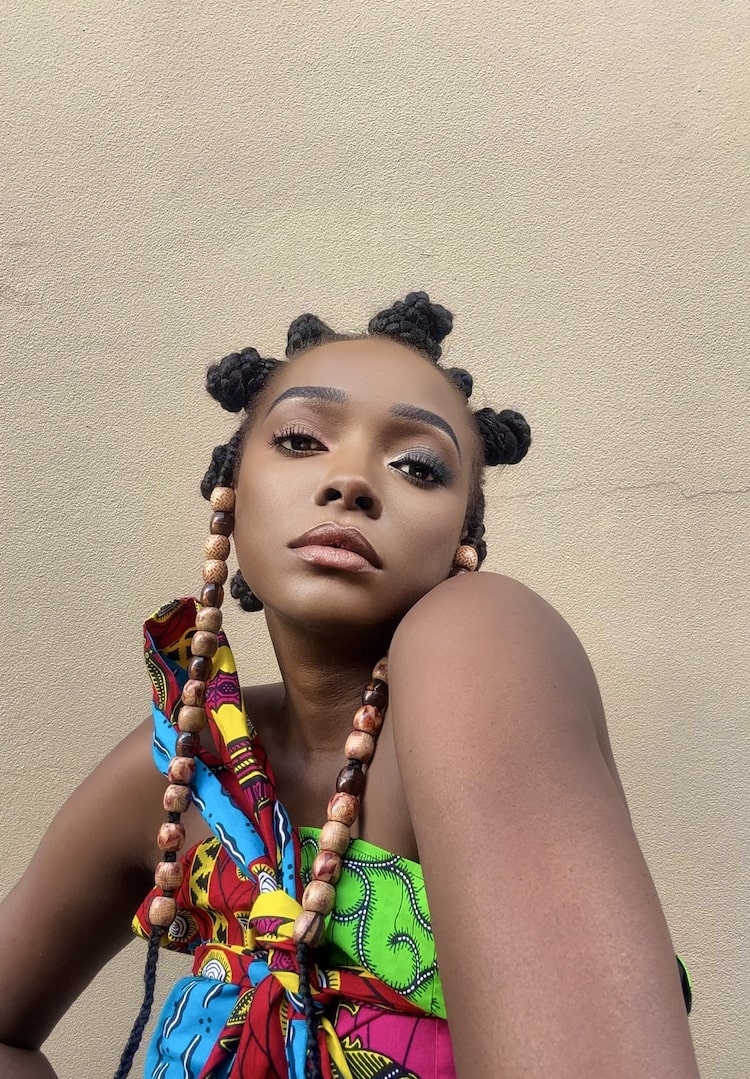A petition calling for diversity on ‘The Bachelorette Australia’ proves that representation still matters in 2020
WORDS BY SUNNY CHISHOLM
Representation matters. Today, tomorrow and the day after that.
How many Indigenous contestants have appeared on The Block? Two: Jenna Susetio in 2014 and Andy Saunders in 2019. How many Indigenous contestants have featured on Married at First Sight? One: Telv Williams in 2018.
How many Indigenous actors have been included in the main cast of Australia’s longest-running drama series? One: Meyne Wyatt on Neighbours in 2014-2016.
It’s a disheartening track record that represents an obvious failure to showcase diverse voices and stories by Australian television juggernauts. But it could be worse.
Far too often, a question that starts with “How many BIPOC contestants, actors or directors…” is answered with zero. And certainly not due to lack of merit, but lack of recognition.
For instance, how many Indigenous, Black or Asian Bachelorettes have been the face of the Australian franchise? Zero. In fact, in the last two years of The Bachelor, The Bachelorette and Bachelor in Paradise, 95 of the total 113 contestants have been White.
For a country that markets itself as proudly multicultural (where 24 per cent of the population is Indigenous or non-European) it should come as no surprise to Network Ten that a quarter of the nation’s audience is feeling overlooked and underrepresented.
A recently launched Change.Org petition calling for greater diversity on the network charges that “The Australian Bachelor and Bachelorette have repeatedly failed to reflect the reality of Australian society in its casting”.
Urging for change and threatening a dip in ratings, the petition reads, “Show us people that look like all of Australia… If not, watch your viewership plummet”. Admittedly, it’s hard to see past Ten’s inability to include Australians that don’t fit the typical, Eurocentric mould of previous bachelorettes.
And during a time where racial injustice and bias have never been more scrutinised, it’s disappointing but unsurprising to see that this year’s bachelorettes personify the Western beauty standard – thin, White and blonde.
Despite most of us still being stuck inside – with plenty of idle time and a thirst for a light-hearted, frothy distraction – Elly and Becky’s premiere episode delivered the worst-ever ratings in the series’ seven-year history.
And while the show’s tired, overused formula could be responsible for the nation’s fatigue, it begs the question: is neglecting a quarter of Australia’s population an unwise commercial move? The answer seems obvious.
“If you are free, you need to free somebody else”
But failure to recognise and celebrate diversity isn’t just isolated to Australian television. It’s an insidious crime that penetrates every crack and crevice of Western society and extends to politics, literature, sports, film and beyond.
In 1940, Hattie McDaniel became the first BIPOC person to win an Academy Award for her typecast role as the house servant in Gone With The Wind. But because the ceremony was held in a ‘no Blacks’ hotel, she was forced to sit alone, segregated from the rest of her castmates.
Sure, Black performers are now legally permitted in the same rooms as their White counterparts, but are they represented in rooms where decisions are made? While they may be “allowed” in casting, writing and boardrooms, are they truly welcome?
Although I’m not a person of colour, I feel that it’s my responsibility to shed light on issues of racial bias and prejudice where I can.
Racial discrimination isn’t my lived experience, but the discourse in the wake of George Floyd’s murder has taught me that racism is solely the responsibility of White people, and White people alone, to challenge and make amends for. Because the community to uphold it is the only community able to dismantle it, right?
To realise you’re the beneficiary of systemic racism, an institution that forcibly drags others down, just to lift you up, is uncomfortable. But what’s more uncomfortable is to be completely ignorant to the ways in which I feel seen; in television, magazines and in parliament in a way that BIPOC people do not.
I’m heeding the advice of the late Toni Morrison who said, “If you are free, you need to free somebody else. If you have some power, then your job is to empower somebody else”.
Woefully, the issue of representation (or lack thereof) hadn’t penetrated my privileged radar until I came across Chris Buck’s photo essay ‘Let’s Talk About Race’ for O, The Oprah Magazine in 2017. The images quite literally took my breath away.
They forced me to confront how accustomed I was to seeing White people in positions of power, and how up until that point, I shamefully accepted seeing non-White people represented as the ‘other’, or ignored altogether, as the norm.
In particular, the photo of the young White girl looking at all-Black dolls had a profound impact. While I realise that the image was staged and the subject fictional, the message of the image wasn’t lost on me.
Seeing the world through a lens that ignores your place in society is a reality for too many. Seeing the world through a lens that only portrays people who look like you as illiterate, impoverished, enslaved, violent or gang-affiliated is a reality for far too many.
Disney’s first-ever animated film popularised a princess who was “the fairest of them all” with “skin as white as snow”. While the intended meaning of fairness is debatable, in 2020 it’s uncomfortably tone-deaf rhetoric and implies that Whiteness and beauty are interchangeable terms.
It took 72 years after Snow White’s release for Disney to crown a Black princess in 2009. This, I can only imagine, granted young Black girls permission to dress up as princesses without feeling like frauds. For the first time, they could imagine and play freely, having finally been legitimised by a narrative that included them.
It breaks my heart to think that, for so long, little girls have grown up not just overlooked but rejected by their own fairytales and dolls, the very things that exist to give them comfort.
Not only is it the right thing to do, it’s profitable, too
Amplifying BIPOC voices isn’t just important on a cultural level, but proves to be commercially viable too. The Golden Globe-nominated Rabbit-Proof Fence made over USD $16 million at the box office and won 23 awards across acting, directing, editing and cinematography.
After receiving critical acclaim at the Cannes Film Festival, The Sapphires made history amassing $2.32 million in sales during its opening weekend, setting an unprecedented record for locally produced films.
Similarly, the posthumous Gurrumul was presented internationally at film festivals in Berlin and Toronto and also established itself as a box office hit, becoming one of the highest-grossing Australian documentaries of all time.
When will networks realise there’s money to be made by representing those that exist in the margins? And beyond that, when will they appreciate how far marginalised people can fly once we finally stop clipping their wings?
By not actively considering inclusion and representation in all aspects of production, studios and media conglomerates are literally leaving money on the table.
The 2016 Logie Awards were considered a “win for diversity”, which saw Indigenous talent receive both recognition and nominations, and awarded Waleed Aly (the first and only non-White nominee for this category) with the ceremony’s highest honour – the Gold Logie.
Despite this, the awards were still overwhelmingly White. Yes, recognising BIPOC excellence should be encouraged, but applauding the Logies and the Australian silver screen for doing the bare minimum doesn’t sit right with me.
This year’s Emmys awarded the talent and triumph of several BIPOC creatives, with Zendaya’s historic win having special significance. And not just due to the lack of precedence, but because her character, Euphoria’s Rue, isn’t defined by her ethnicity in the way that Hattie McDaniel’s character was.
Zendaya plays a character whose story isn’t intrinsically tied to her race. It isn’t merely a tokenistic ‘Black role’; it’s a role that has been brought to life by the unmatched ability and talent of a Black actress.
If only The Bachelor franchise could take note
Of the few women of colour that appeared on Locky Gilbert’s season of The Bachelor earlier this year, it was Areeba Emmanuel, the show’s first Pakistani-Australian contestant who was pinned as the season’s ‘villain’.
What message does this send to Ten’s audience? That the only ‘roles’ reserved for women of colour in Australian media are unflattering and offensive – further damaging the already precarious image of non-White Australians.
At the 2015 Logies, Miranda Tapsell was recognised as the most popular new talent and most outstanding newcomer for her role in Love Child. In her acceptance speech, the Larrakian actress encouraged networks to “put more people of colour on TV and connect viewers in ways which transcend race – and unite Australians.”
Allowing BIPOC audiences to see a version of themselves reflected back at them, reaffirming their existence and celebrating Black power cannot be underestimated. Because we’re all looking for a message that tells us we belong; one that tells us we matter and reminds us that we’re not alone in our struggles.
During a time where diversity and inclusion are at the top of the cultural agenda, I can’t help feeling that Network Ten has missed an opportunity to get ahead of what is already impending.
If Elly and Becky’s season premiere is any indicator, the show’s ratings will continue to decline. To paraphrase T.S. Eliot, The Bachelor’s inability to represent all Australians will see the show end not with a bang, but with a whimper.
And while it’s easy to point fingers and call out Network Ten for its overdue and last-ditch effort to diversify its contestants, some of the onus is on us, the audience. As consumers who watch or stream at home, we must be doing our part too, to use our time and our clicks to support productions that represent a myriad of voices.
More than ever, we must consider the faces we see on the screen but also those being hired to tell the story. Because representation matters. The way we tell stories about one another – and the way we see ourselves reflected back at us – matters.

